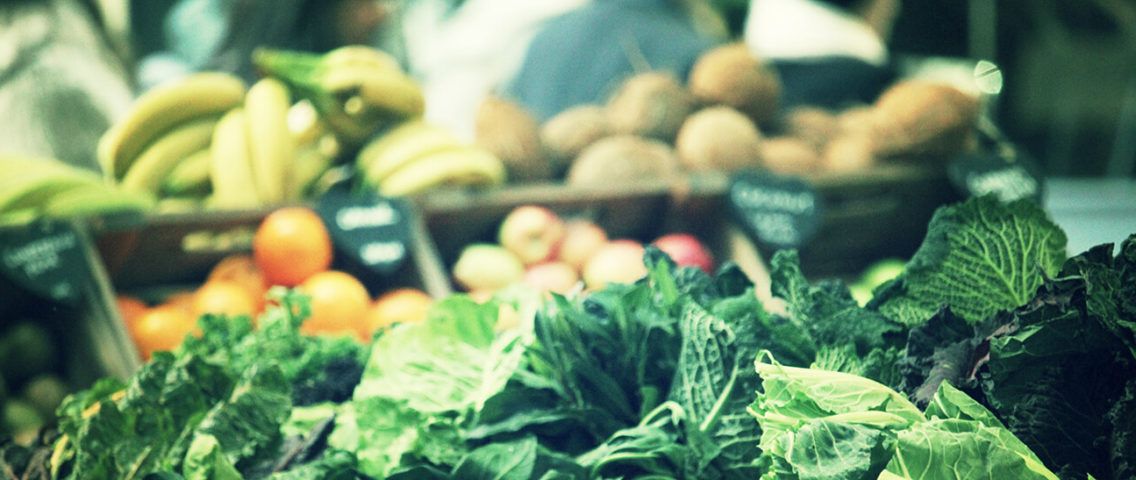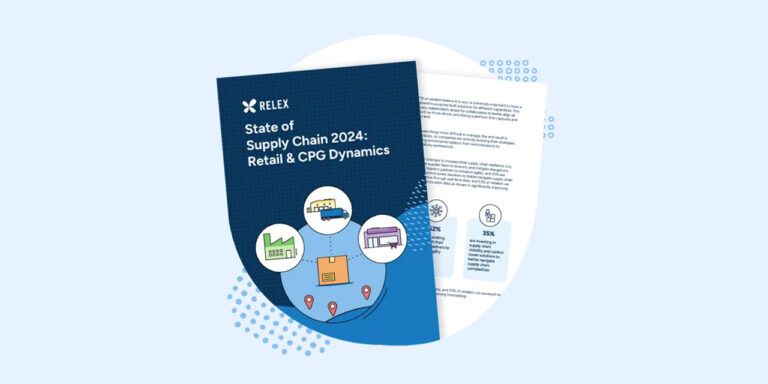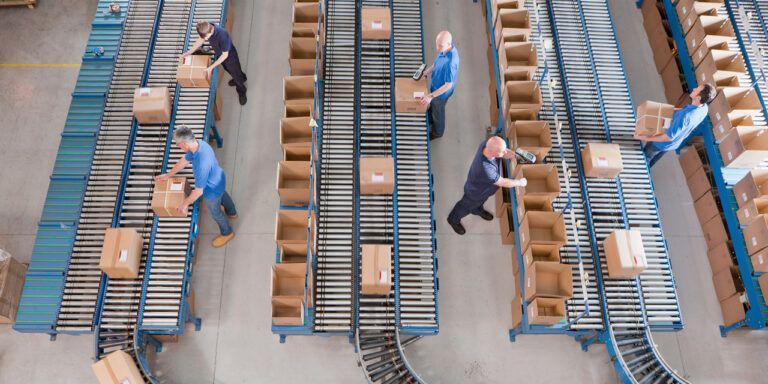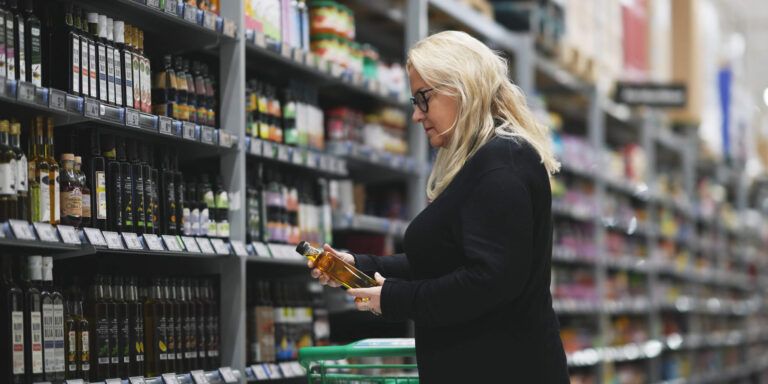To get more insight into how grocers view today’s increasingly competitive grocery market and what key retail and supply chain planning initiatives they are undertaking to build and sustain a competitive advantage, we surveyed leading North American grocers and compiled the key results in a study titled Growing and Sustaining Competitive Advantage in Grocery Retail.
Improving Operational Efficiency and Reducing Fresh Food Waste is Key
A key finding of the study is that a clear majority (73%) of grocery retailers see improving operational efficiency as their top priority.
The good news is that for most grocers there is still low hanging fruit in improving operational efficiency and quick wins to be had, especially in lowering the cost of fresh food waste.
The significance of fresh products for retailers is clear: 82% of the companies surveyed said their fresh categories are very important to their businesses and key to drawing shoppers into their stores. Equally critical is that the annual value of spoilage for these companies was on average $70 million and several hundred million dollars for larger companies. When you operate on a 2% margin, that can be the difference between being profitable or not.
The survey responses demonstrate that the implementation of forecast-based automated store replenishment is linked to lower levels of spoilage.
The survey responses also demonstrate that the implementation of forecast-based automated store replenishment is linked to lower levels of spoilage. Grocery retailers with less advanced store replenishment practices are almost five times more likely to suffer from above-average spoilage levels than their competitors who use forecast-driven store replenishment extensively.
This is in line with our experience is that grocery retailers typically see spoilage reductions of 10% to 30% by implementing forecast-based automatic store replenishment. So, it’s very surprising that one in five of the surveyed companies still haven’t started implementing any kind of replenishment automation in their stores and less than one-third are using forecast-based automated store replenishment extensively. For retailers, this means there is a lot of money still on the table.
In addition to enabling massive cost savings and higher customer satisfaction via fresher, higher quality products, investing in a first-class forecasting and replenishment system allows grocery retailers to attain other efficiency improvements and address some of their main concerns, including:
- Improving demand forecasting accuracy by accounting for weekday-related variation in demand and taking richer data on promotions, as well as weather effects, into account.
- Automatically managing recipe-based or so-called BoM (bill-of-material) products in store and distribution center replenishment, which is becoming increasingly important with the growing consumer demand for food-to-go and meal kits.
- Integrating the supply chain by basing distribution center replenishment planning on stores’ projected future orders to accurately capture the effect of planned changes in store assortments and delivery schedules, as well as stock-ups in preparation of promotions and seasons.
- Automatically dealing with supplier restrictions, such as full truck load deliveries or minimum order values, in DC replenishment.
- Producing separate forecasts for store and online sales to make planning for and fulfilling online orders in store more accurate and efficient.
—
RELEX and Elastic Solutions surveyed leading North American grocers to understand how they view today’s grocery market and what key retail and supply chain planning initiatives they are undertaking to build and sustain a competitive advantage. The report ‘Growing and Sustaining Competitive Advantage in Grocery Retail’ is free to download through the link below.




